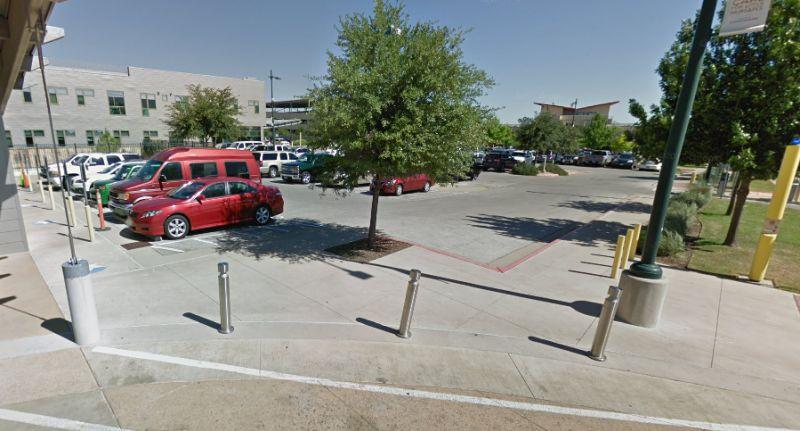A Texas girl’s inoperable brain tumor miraculously disappeared, according to local news reports.
Roxli Doss was diagnosed with a brain tumor, known as diffuse intrinsic pontine glioma, or DIPG, 12NewsNow reported.


A Texas girl’s inoperable brain tumor miraculously disappeared, according to local news reports.